Correct Tyre Pressure in Summer - Guide for Drivers
The arrival of summer means that people are eager to drive down to scenic spots to cool down in the warm summer temperatures. For youngsters, summers are the start of summer vacations from school and mean an endless opportunity to roam around. Summers are the only time in the whole year when the entire world is going on trips with friends and family.
Summers are not just an indicator of a fun time. The arrival of summer also means that your tire pressure will experience changes. Both, over or under-inflated tyres, present a serious road hazard and drivers run the risk of inflicting a grievous injury to themselves and others. Therefore, tire pressure in summer must be continuously monitored to avoid untoward incidents.
The reason we are emphasizing on summers is that tire pressure fluctuates the most in summers. Therefore, drivers need to be extra vigilant while driving in the summer months. A change of 12°C means that the tires will lose or gain 1 PSI (pound per square inch). Therefore, if the tire pressure is not correct, you can expect a lot of problems in your driving.
On the other hand, a properly inflated tire will improve your fuel efficiency, handling, braking distance, responsiveness, and give you an overall comfortable ride. The opposite happens if the correct tyre pressure is not maintained. Before telling you what the correct tire pressure in summers should be, let's talk about what happens when a tire is underinflated or overinflated.
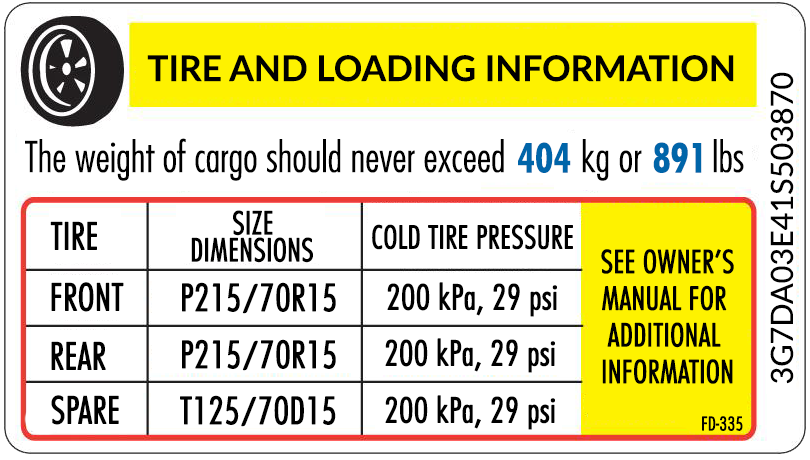
Underinflated Tire
An underinflated tire means that more surface of the tire is in contact with the road. It will slow down your car and negatively impact your fuel economy. Moreover, underinflated tires decrease the lifespan of the tires, meaning that you will have to invest in new tires again.
Overinflated Tire
When a tire is overinflated, less surface area comes in contact with the road. It causes the tire to wear down quickly and unevenly. Apart from this, the driving experience becomes rigid, while the responsiveness and braking are negatively impacted as well.
Correct Tire Pressure
The first thing to look for knowing the correct tire pressure is the tire placard, which can be found at the car door edge, doorpost or glove box door. In some vehicles, it will be on or near the fuel door. It will tell you the maximum tire pressure, according to the manufacturer. Please keep in mind that many cars have different tire pressures for front and back axles.
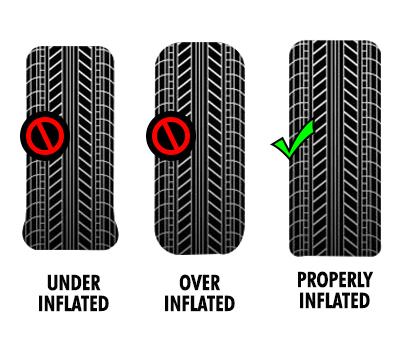
Under no circumstances should the pressure be increased to the maximum level as it can cause a tire burst. While driving, the tire heats up, causing the air inside the air to expand. Therefore, if the tire is already at the maximum level, then it will burst.
Another way to identify that the tires’ pressure is optimal is through the Tire Pressure Monitoring System (TPMS). Many modern cars come with TPMS, which alerts you when tire pressure is below the recommended level.
Most manufacturers recommend a tyre pressure of 32 to 35 PSI for the average passenger car. If you have driven the car, let it rest for a few hours before checking the pressure. Additionally, ensure that the vehicle is not directly parked in the sun or on a pavement that is too hot. The manual may also provide the recommended pressure reading in BAR units.



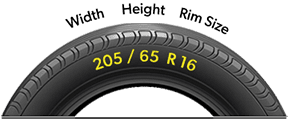






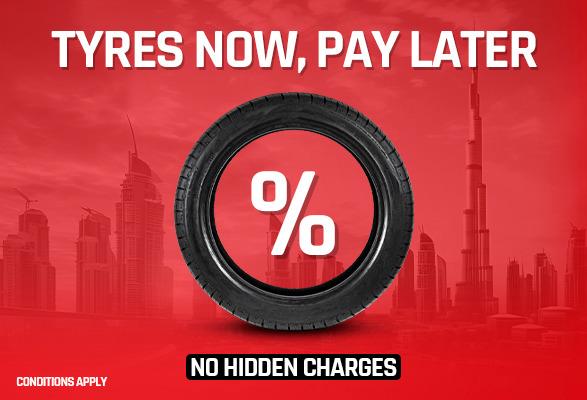
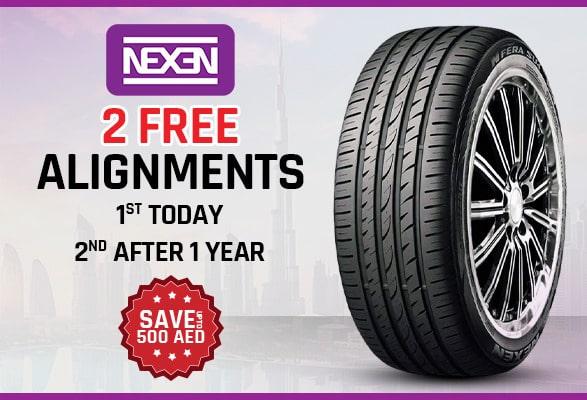
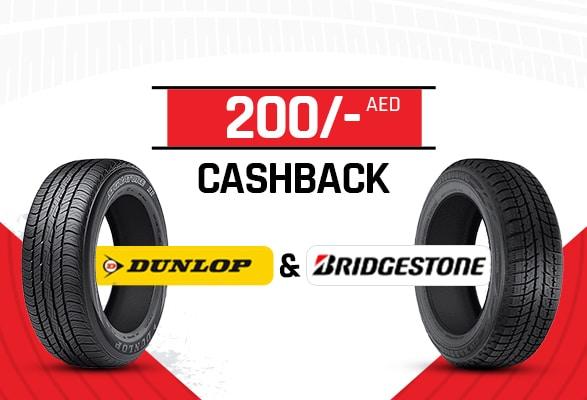





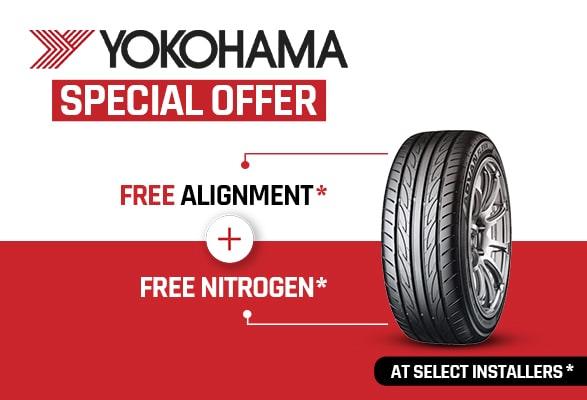
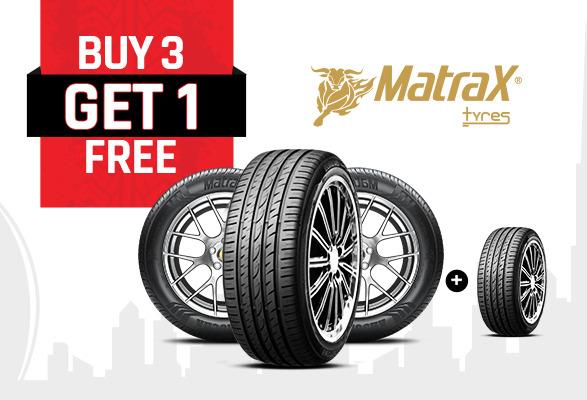























Conclusion
Continuously monitoring your tires’ pressure is a safeguard against serious injury and other mishaps. Therefore, make sure that you keep an eye on your tires’ pressure and ensure that the pressure is correct at all times.